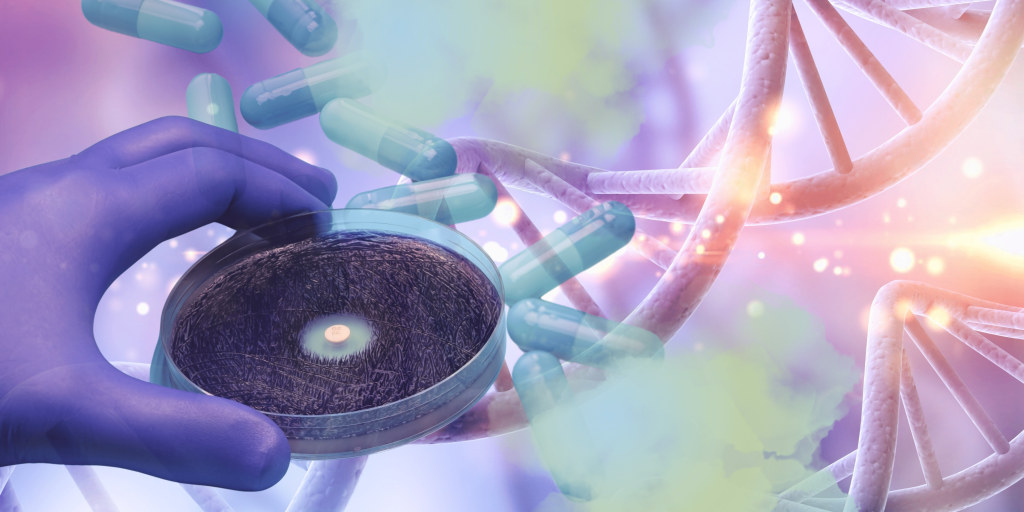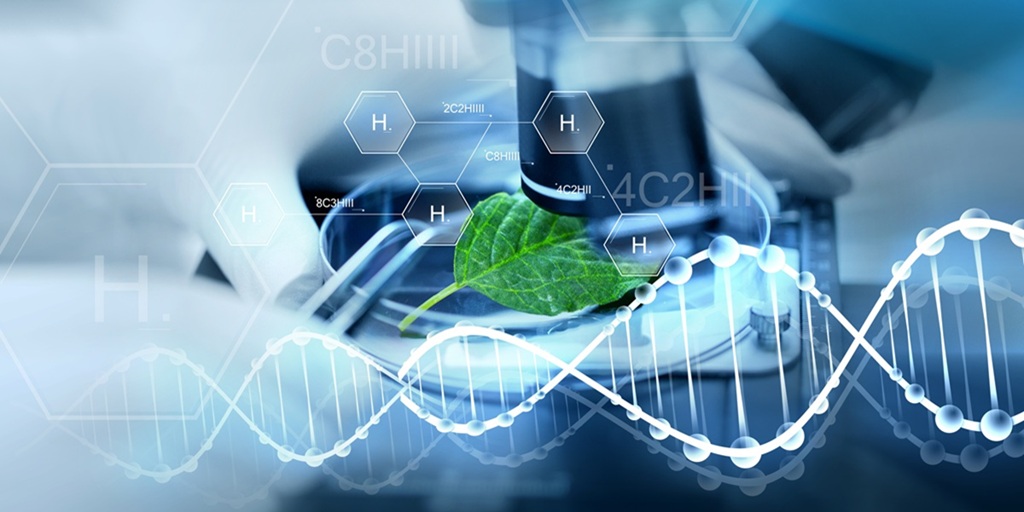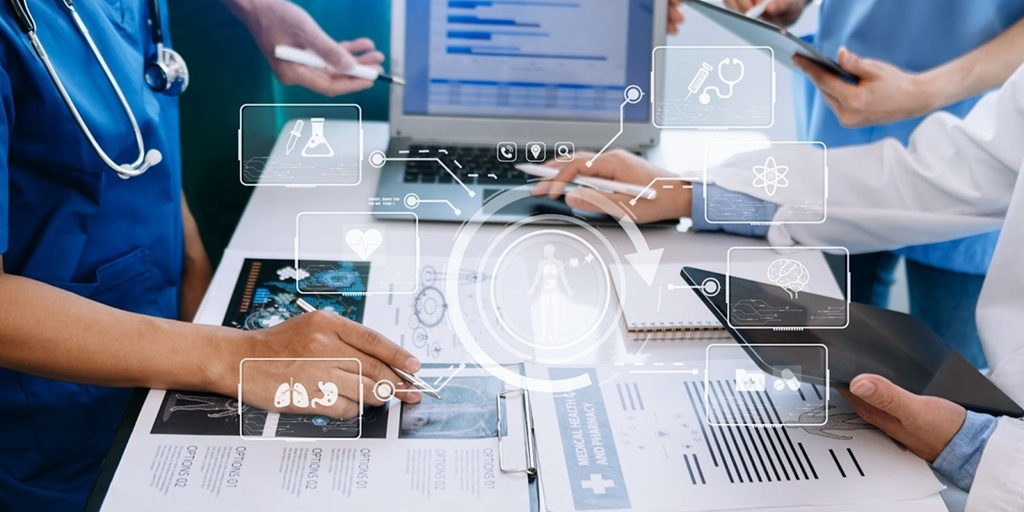
Antimicrobial resistance (AMR) is a mounting global crisis often referred to as the silent pandemic, already claiming more lives than HIV/AIDS or malaria and projected to cause up to 8 million deaths annually by 2050. Beyond its devastating human toll, AMR threatens to shrink global GDP by nearly 3.8%, posing a dual threat to public health and economic stability. As drug-resistant infections undermine the effectiveness of modern medicine, from surgeries to cancer treatments, the urgency for innovative solutions becomes clear. This document explores the scale and complexity of AMR, the economic and clinical imperatives for action, and the critical role of biotech-driven innovations such as new antibiotics, vaccines, diagnostics, and alternative therapies. It also highlights how Southeast Asia, particularly Malaysia, is emerging as a regional leader through progressive policy, investment, and public-private partnerships. For investors and innovators alike, AMR represents both a pressing challenge and a powerful opportunity to shape the future of global healthcare.
The Global AMR Challenge and Why It Matters
AMR occurs when microorganisms (bacteria, viruses, fungi, parasites) evolve to resist the drugs designed to kill them. Decades of overuse and misuse of antibiotics in human medicine and agriculture have accelerated this process. As a result, common infections like pneumonia or urinary tract infections are becoming harder to treat, leading to longer illnesses and higher mortality. Without effective antimicrobials, routine medical procedures become risky, and even a minor surgery or childbirth could turn deadly due to untreatable infection. The World Health Organization (WHO) has declared AMR one of the top global health threats, warning that it could erase decades of medical gains.

Source: Adapted from https://www.healthdata.org/
Figure: Projected global deaths attributable to antibiotic-resistant infections, 2025–2050. Mortality is projected to increase from 1.17 million in 2025 to 1.91 million by 2050. These estimates highlight the escalating global health burden posed by antimicrobial resistance (AMR).
A major driver of AMR is inappropriate antibiotic use, in which antibiotics are often prescribed for viral infections (where they have no effect) or used excessively in livestock and poultry as growth promoters. In many low- and middle-income countries, antibiotics are available over the counter, leading to self-medication and misuse. More worryingly, the pipeline for new antibiotics has dried up. Many big pharmaceutical companies have exited antibiotic R&D because new antibiotics are less profitable. This market failure means few new antibiotics are coming to replace those that no longer work.
AMR is a truly global problem. Drug-resistant pathogens cross borders via travel, trade, and food supply chains, making international cooperation essential. For example, resistant bacteria originating in one country can quickly appear on another continent. The WHO’s Global Action Plan on AMR urges all countries to adopt national action plans focusing on prudent use of antimicrobials, improved infection prevention, and investment in new therapies. Public-private partnerships have also formed. For example, the Combating Antibiotic Resistant Bacteria Biopharmaceutical Accelerator (CARB-X) was launched in 2016 to fund early-stage AMR solutions. Since its inception, CARB-X has invested over $500 million in 100+ projects across 14 countries to spur novel antibiotics, vaccines, and diagnostics. Similarly, the AMR Action Fund (backed by global pharma and organizations) has mobilized $1 billion to support biotech companies developing new antibiotics by 2030. These collaborations, alongside UN initiatives and the upcoming 2025 UN High-Level Meeting on AMR, underscore that fighting AMR will require scientific innovation, political commitment, and significant capital.
Malaysia and Southeast Asia: A Regional Frontline in the AMR Fight
Southeast Asia faces a significant burden of antimicrobial resistance (AMR), positioning the region as a critical frontline in the global effort to address this threat. The WHO’s Southeast Asia Region (SEAR) is considered among the most vulnerable due to high population density, widespread antibiotic use in healthcare and agriculture, and varying levels of infrastructure. In 2019 alone, an estimated 97,000 deaths in SE Asia were directly attributed to bacterial AMR, with many more associated with resistant infections. Diseases such as drug-resistant tuberculosis, malaria, and typhoid remain persistent, and in 2022, over 750,000 children in the region died from AMR-linked infections. In response, Malaysia has adopted a proactive stance. Its National Action Plan on AMR (MyAP-AMR), aligned with the WHO’s Global Action Plan and updated through 2026, promotes a One Health approach integrating human, animal, and environmental sectors. Policies such as the ban on colistin and other veterinary antimicrobials, national antibiotic stewardship programs, enhanced surveillance, and awareness campaigns reflect a multi-pronged commitment to containing AMR.
Regionally, Southeast Asia’s AMR response is gaining momentum through joint networks and rising venture capital interest. Investing in AMR containment across Asia could yield annual savings of up to $15 billion in healthcare costs. Malaysia’s National Biotechnology Policy 2.0, launched in 2022, aims to position the country as a high-tech, innovation-led economy by 2030. With 5.1% GDP growth in 2024 and a target of up to 5.5% in 2025, Malaysia has both the economic foundation and policy direction to scale investment in R&D.
Biotech Innovations as New Weapons Against Superbugs
The biotechnology sector is at the forefront of developing innovative tools to combat AMR. Key areas of innovation include novel antibiotics, vaccines, rapid diagnostics, and alternative therapies like bacteriophages. Each of these can play a pivotal role in curbing AMR.
1. Novel Antibiotics: Developing new antibiotics (or antimicrobial agents) is crucial as resistance renders existing drugs ineffective. Biotech firms are employing cutting-edge methods (genomic mining, AI-driven drug discovery, novel chemistry) to find antibiotics with new mechanisms of action. Notably, non-traditional antibacterials are being explored – for example, anti-virulence drugs that disarm bacteria rather than kill them (making resistance less likely), or enzymes that break down bacterial biofilms. Progress is being made: some biotech-developed antibiotics have reached clinical trials, and a few have even gained approval, offering hope against pathogens like drug-resistant tuberculosis and C. difficile. However, the road is tough – these products must navigate complex trials and then find a sustainable market, which is why sustained investment and push incentives (like market entry rewards or procurement guarantees) are needed to ensure new antibiotics keep coming to market.
2. Vaccines: Vaccines are powerful but an indirect tool against AMR. By preventing infections in the first place, vaccines reduce the need for antibiotics and thus slow the emergence of resistance. For example, widespread use of pneumococcal and Hib vaccines has prevented many pneumonia cases (and antibiotic use for them) globally. Currently, a major focus is on a more effective tuberculosis vaccine, since TB (especially multidrug-resistant TB) is a leading contributor to AMR-related deaths. There are over a dozen TB vaccine candidates in clinical trials, including ones for adolescents and adults, a critical target since the century-old BCG vaccine is only partially effective. The pipeline includes novel subunit vaccines, live-attenuated mycobacterial vaccines like MTBVAC, and booster vaccines to improve adult protection. If a new TB vaccine succeeds, it could save millions of lives and markedly reduce the use of lengthy antibiotic regimens for TB. Beyond TB, biotech companies are also developing vaccines for other drug-resistant infections (e.g. E. coli and Klebsiella vaccines to prevent hospital-acquired infections).
3. Rapid Diagnostics: One of the adages in infectious disease is “use the right drug, at the right time.” Rapid and accurate diagnostic tools are essential to achieve this. Too often, doctors prescribe broad-spectrum antibiotics while waiting days (or weeks) for lab results, which can drive resistance and sometimes fail to treat the actual infection. Biotechnology is delivering new diagnostic platforms, from point-of-care genetic tests to AI-assisted imaging that identify pathogens and their resistance profile much faster. For instance, scientists developed a rapid DNA sequencing system to identify bacterial infections within about 48 hours, compared to up to a week (or even 8 weeks for some slow-growing infections like TB) with conventional methods. Such progress enables clinicians to pinpoint the infection and its antibiotic susceptibilities quickly, so they can switch to the exact effective drug or avoid unnecessary antibiotics. Rapid diagnostics also benefit hospitals by curbing the spread of resistant bugs (through faster isolation and targeted treatment).
4. Phage Therapy and Beyond: In addition to new drugs and vaccines, biotech is revisiting alternative therapies that were considered fringe until recently. Among these includes bacteriophage therapy which uses viruses that infect and kill bacteria.
Bacteriophages (or “phages”) are natural predators of bacteria, and unlike antibiotics, they are often highly specific to their bacterial host. Remarkably, phages can target and destroy bacteria that have become resistant to multiple antibiotics. Researchers have identified phages capable of eliminating deadly superbugs like Klebsiella pneumoniae that are impervious to all conventional drugs. There have been dramatic case reports of phage therapy saving patients with life-threatening infections where antibiotics failed. Biotech companies and research labs are now developing phage therapy cocktails, phage-derived enzymes (lysins), and even engineered phages to tackle E. coli, Staphylococcus aureus, and other resistant pathogens. While phage therapy is already in therapeutic use in some parts of Eastern Europe, Western regulatory agencies are evaluating it through clinical trials to ensure safety and efficacy standards. If proven and standardized, phage therapy could revolutionize our approach to infection, offering a tailor-made weapon against bacteria that have evaded all antibiotics.
The revival of phage therapy exemplifies how biotech innovation often means dusting off old ideas and refining them with modern science. Other non-traditional approaches in development include antibody therapies against bacterial toxins, probiotics and microbiome modulation to outcompete resistant pathogens in the body, and CRISPR-based antimicrobials that program gene-editing enzymes to kill specific bacteria. Each of these novel strategies expands our arsenal beyond small-molecule drugs, and they highlight the creativity emerging in the biotech response to AMR. Importantly, bringing these innovations from lab to clinic will require not just scientific rigor but also significant funding, regulatory support, and market incentives.
The Way Ahead: Investing in a Future Free of Superbugs
The escalating threat of antimicrobial resistance (AMR) demands immediate, coordinated action across multiple fronts. Scientific innovation must be accelerated to develop new antibiotics, vaccines, diagnostics, and alternative therapies, with biotechnology playing a central role. However, innovation cannot thrive in isolation, governments and global organizations must expand incentives like R&D grants, market entry rewards, and collaborative funding models such as CARB-X and the AMR Action Fund. At the same time, responsible use of existing antimicrobials is critical. Strengthening antibiotic stewardship in healthcare, regulating over-the-counter antibiotic sales, and curbing agricultural misuse are key steps. Public education is equally vital; simple behavioural changes, such as completing prescriptions and avoiding unnecessary antibiotic use, can significantly slow resistance.
Equally essential is global cooperation. Like climate change, AMR knows no borders and requires transparency, surveillance sharing, and collective policy alignment. The WHO and UN emphasize a One Health framework to integrate human, animal, and environmental health, particularly in supporting low- and middle-income countries with diagnostics, training, and access to new treatments. From an investor’s viewpoint, AMR solutions offer financial and societal returns. Ultimately, with bold investment, collaboration, and innovation, Southeast Asia can not only defend against AMR but lead the global charge in safeguarding effective treatments for generations to come.
Sources:
- World Health Organization – Antimicrobial resistance Fact Sheet, 21 Nov 2023: global death toll and economic impact.
- World Economic Forum – AMR is a leading cause of death globally, time to act (May 2024): ranking of AMR vs other diseases and 2050 projection.
- CARB-X – Accelerating global antibacterial innovation (2024): funding statistics for new antibiotics, vaccines, diagnostics.
- Research article (Cells, 2020) – TB vaccine pipeline: emphasis on new TB vaccine candidates for different age groups.
- Gordillo Altamirano & Barr (2019) – Phage Therapy in the Post-Antibiotic Era: historical timeline of phage vs antibiotic use.
- Ministry of Health Malaysia – MyAP-AMR 2022–2026 and policy actions: ban of colistin in animal use (2019) and other antimicrobials (2021).
- WHO SEARO – WAAW 2021 Campaign Infographics: public awareness messages on AMR and treatment adherence.
- Resistance in SE Asia – GRAM project/Oxford data: ~97,000 AMR-attributable deaths in 2019 in Southeast Asia.
- National Biotechnology Policy 2.0
- https://www.healthdata.org/research-analysis/health-risks-issues/antimicrobial-resistance-amr




